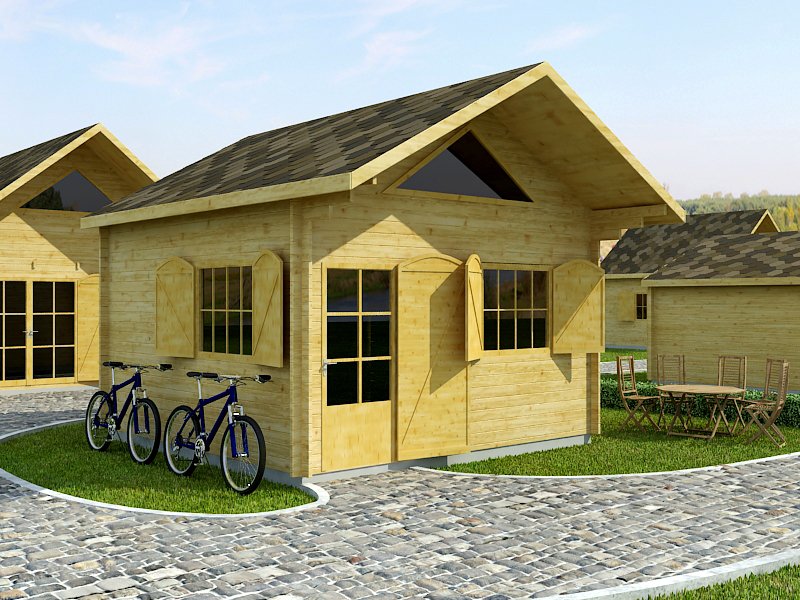
Repairing and Restoring Painted Sheds
An attractive shed is both functional and aesthetically pleasing in any garden setting, and regular inspections and cleaning are key in protecting it against damage as well as mitigating issues like mould, mildew and fungi growth. Rubio Monocoat WoodCream protective treatments may also help preserve aesthetics while decreasing micro-organism growth risk and prolonging lifespan of sheds.
Repairing Damaged Wood
Sheds can be invaluable additions to homes, providing storage and utility. However, like any outdoor structure, sheds require regular upkeep to extend their lifespan and remain functional. Sheds made of wood, metal or plastic require adequate maintenance so as to remain reliable over time.
Starting off right is essential when it comes to maintaining the exterior of a shed; use a power washer with a delicate or medium nozzle to wash away debris and dirt while also helping prevent rust on metal sheds and the degrading of wood due to weathering. After washing, light sanding may be required in order to smooth surfaces and remove peeling paint, providing for improved adhesion when painting new coats of paint on top.
Primer and paint selection should reflect the substrate of a shed; for instance, if it’s made of wood then wood-specific primer is ideal while an exterior-grade vinyl sealer or primer may be required if its made of vinyl. Once prepped, painting should follow using regular exterior house or garage paint; it is however important that cracks or holes be sealed to provide added water resistance.
Wood shed owners frequently opt to customize them in order to add value, often by painting them to match the colors and features of their home, which increases their value. Additional customization includes windows and skylights, French doors, shutters, planter boxes with finials or weather vanes and finials or weather vanes – while gardening sheds commonly called „potting sheds” may include a potter’s bench for mixing soil or repotting plants.
Vinyl sheds are an increasingly popular choice due to their moisture, insect and rot resistance as well as resistance against prolonged sun exposure. Before purchasing one made from this material, however, it’s advisable to test for its toxic effects using an easy-to-use lead testing kit found at most hardware stores.
Repairing Damaged Metal
Metal sheds offer excellent storage and workspace in your yard, but rust can quickly set in without proper care and attention. After washing, use a rust-inhibiting primer according to its label directions; once primed and painted with high-quality metal-encapsulating latex paint following its label directions.
Repainting jobs usually require some form of sanding, whether using a belt sander for larger areas and palm sanders for corners or smaller spots. For larger tasks, consider renting hand-held sandblasters to save both time and effort while protecting plants and structures from blasting sand. When doing this, make sure drop cloths are laid around each plant or structure to prevent unnecessary dust exposure during blasting sessions.
If holes appear in your metal shed, shape memory polymer patches may be an effective solution to repair them. When heated up to make them flexible and elastic, these patches adapt perfectly to the contours of your shed walls – once painted over they will become indiscernible! You could also use these patches to cover dents; just be sure that all edges are smoothed down for an even surface and that they won’t attract anything that may stain it further.
Repairing Damaged Vinyl
Warping can have an adverse impact on vinyl record sound quality and physical integrity, yet some factors can be reversed; such as long-term storage of an album in an attic or trunk may become permanently warped and unplayable; for this reason it might be better to invest in buying another copy instead of trying to save this one; otherwise a bit of hard work and patience can usually restore minor damages.
Prior to beginning repair efforts, the record should be carefully cleaned of dirt and dust before any damaged areas can be patched using a vinyl repair kit or adhesive.
Repairing Damaged Plastic
Many sheds are constructed of plastic materials such as polypropylene (sometimes marked „PP”) or PVC. While plastic cannot be glued with epoxy glue, repairs may still be possible by melting back together using an electric hot air pencil or soldering iron and then soldering iron to secure pieces together again. You’ll also require some PVC pipe glue which solvent welds the pieces together.
Cracked plastic sheds can be unsightly as well as harmful; water leaks and damp air can result in mould growth. To repair them, begin by collecting bits of matching plastic to use as filler; heat your soldering iron before sanding and soldering to secure it permanently.